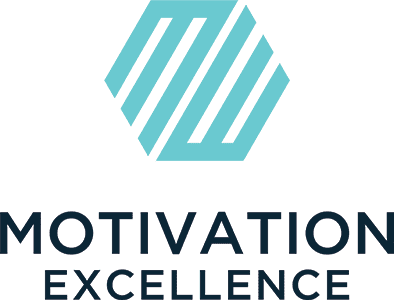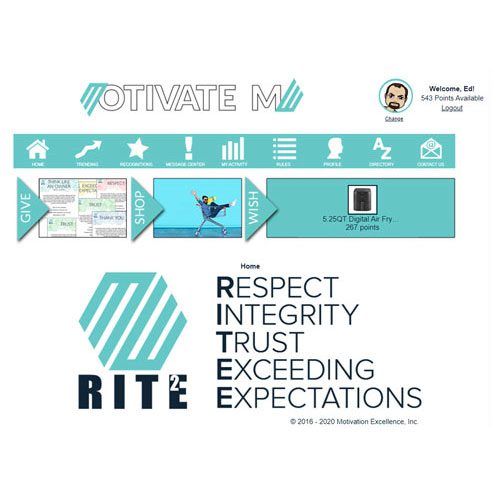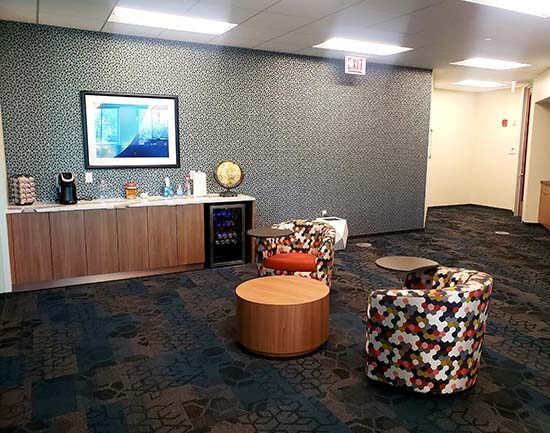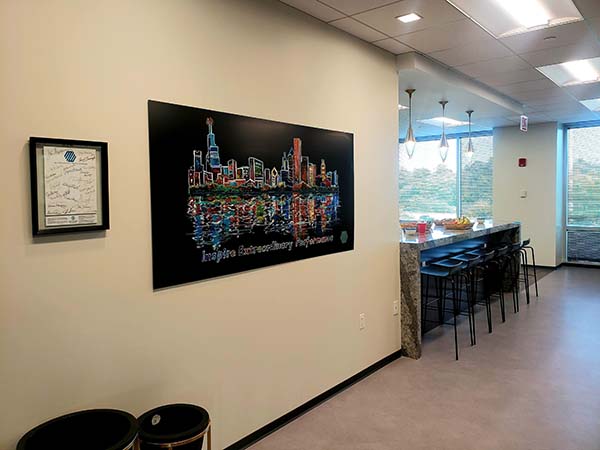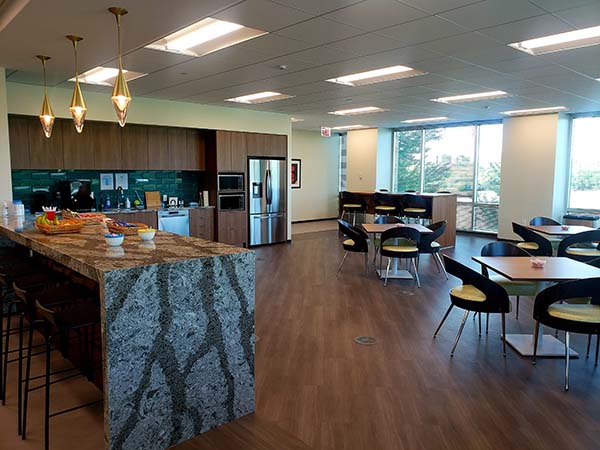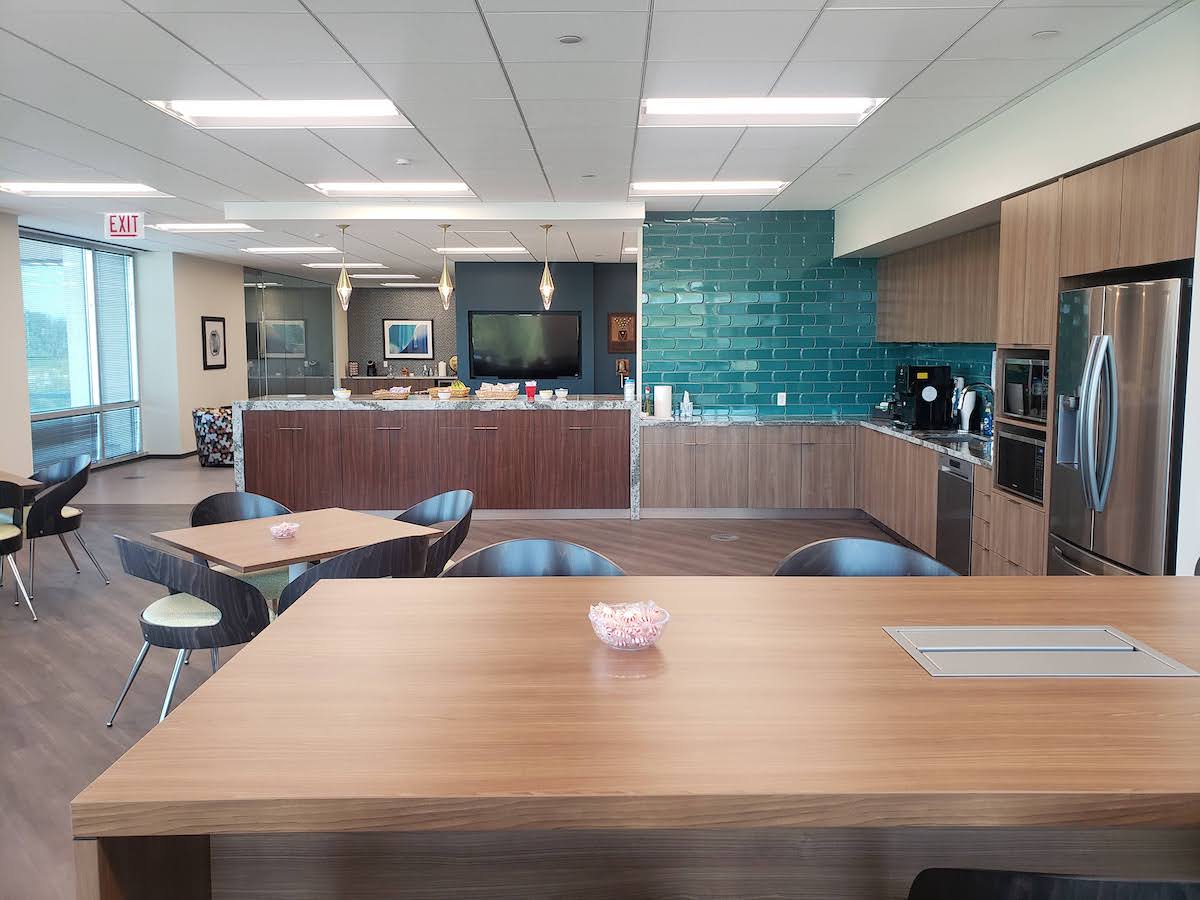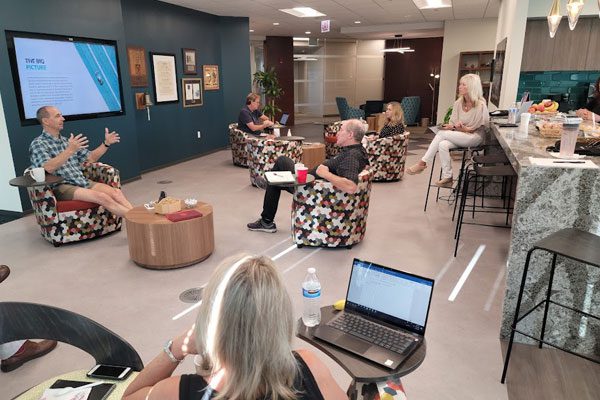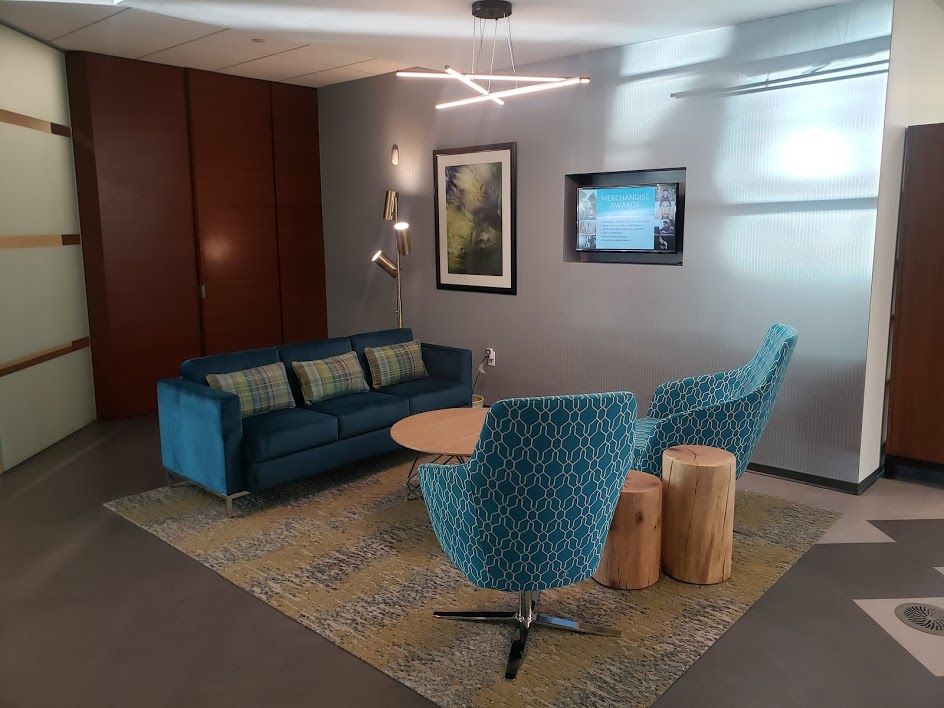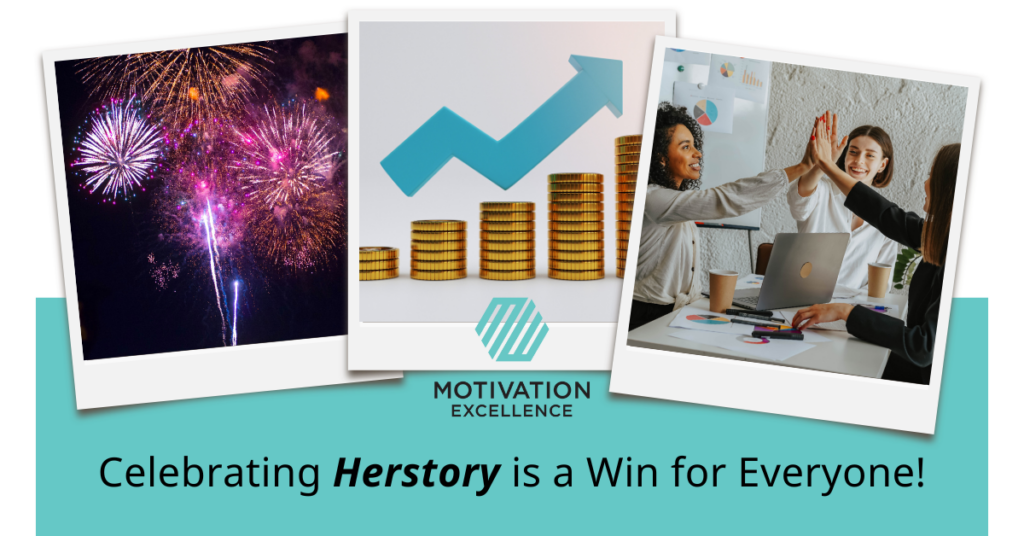
We Inspire Extraordinary Performance through incentives, customized rewards, group travel, meetings & events.
Welcome to Motivation Excellence
Your company has business opportunities that can translate to:
- Stronger relationships with employees & channel partners
- Increased customer loyalty
- Better company culture & morale
- A stronger revenue outlook
Our proven incentive-based strategies and aspirational rewards create emotional bonds between your company and the people most important to its success.
It’s all about inspiring your audience to change behaviors, push their limits and stay engaged with YOU. Our team is exceptional at helping facilitate that warm, fuzzy feeling you get when you know you’re part of something special.
The equation is simple: Targeted motivation + incredible rewards = better business for you!
People-Focused !
What we do...
It’s about solving your business challenges by changing behaviors that drive financial results.
Our locations include...
In 2020, we designed a new headquarters in the Chicago suburb of Schaumburg to reflect our culture of creativity and collaboration, as well as our commitment to eco-friendly materials.
We also have a full office in beautiful Traverse City, Michigan. In addition, we have remote offices all across the country. While we love to be together as much as possible, we have adapted to working remotely as needed.
We also have a full office in beautiful Traverse City, Michigan. In addition, we have remote offices all across the country. While we love to be together as much as possible, we have adapted to working remotely as needed.
Resources for you...
Professional & personal development blogs, incentive case studies,
industry insight, videos, employee spotlights and more wait for you to explore.
